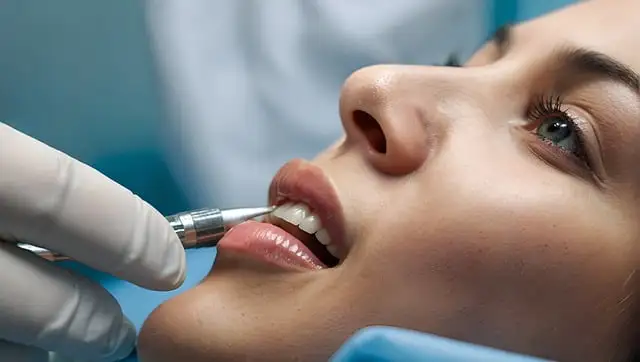Venturing into the realm of skincare can be an overwhelming experience with a multitude of products and ingredients promising miraculous results. Amidst moisturizers, serums, sunscreens, and exfoliants, it's easy to feel overwhelmed. The secret to achieving radiant, healthy skin is rooted in comprehending the scientific principles that underpin your skin's requirements.
In this article, we will explore the scientific intricacies of skin, dissecting its layers, functions, and the interplay between various ingredients and your skin. We'll address prevalent skin issues such as acne, aging, and dryness, and provide guidance on customizing your skincare regimen to cater to your skin's specific demands.
1. The Cornerstone of Healthy Skin: Grasping Your Skin’s Anatomy
Prior to selecting appropriate products, it's essential to grasp the structure and functionality of your skin. Skin is not merely a superficial layer—it's a complex organ that serves critical roles in safeguarding your body. Here's a succinct overview of its layers and their functions:
Epidermis: The Outer Barrier
The epidermis is the top layer of the skin, functioning as your primary defense mechanism. It comprises several layers of cells, with the most prominent being the stratum corneum, which consists of deceased skin cells that shield your body from environmental harm. The epidermis also houses melanocytes, cells that produce melanin, the pigment responsible for your skin tone.
- Core Functions: The epidermis prevents the entry of harmful microorganisms, wards off dehydration, and defends against ultraviolet rays.
- Core Structures: Melanocytes (skin pigmentation), keratinocytes (structure and resilience), and Langerhans cells (immune response).
Dermis: The Core of Skin Integrity
The dermis, situated beneath the epidermis, is accountable for much of your skin's resilience and elasticity. It contains collagen and elastin fibers, which provide the skin with firmness and flexibility. The dermis also includes sweat and sebaceous glands, hair follicles, and blood vessels that supply nutrients and oxygen to the skin.
- Core Functions: The dermis underpins the epidermis, regulates temperature, and facilitates skin repair and regeneration.
- Core Structures: Collagen (strength), elastin (flexibility), sebaceous glands (oil secretion), and sweat glands (thermal regulation).
Hypodermis: The Subcutaneous Layer
The hypodermis, or subcutaneous layer, is positioned beneath the dermis. It is composed of fat and connective tissue that insulate and cushion the skin, safeguarding internal organs and assisting in energy storage.
- Core Functions: Insulation, impact absorption, and energy storage.
- Core Structures: Adipose cells, connective tissue, and blood vessels.
2. Common Skin Concerns: Unveiling the Underlying Science
Our skin confronts a spectrum of challenges influenced by age, environment, lifestyle, and genetics. Let's investigate some prevalent skin concerns and how understanding the underlying science can assist you in addressing them.
Acne: The Sebum Overload
Acne arises when hair follicles become blocked with sebum, shed skin cells, and bacteria. Sebaceous glands secrete excess oil (sebum), which can become trapped within the pore, resulting in inflammation and pimples. Acne is most prevalent during adolescence due to hormonal fluctuations that stimulate sebum production, but it can also impact adults.
- Primary Factors: Hyperactive sebaceous glands, obstructed pores, bacteria, and inflammation.
- Resolutions: Utilize products that modulate sebum production, such as salicylic acid
Recent
See All2025-08-10
Discovering the Skincare Advantages of Facial Steamers and Humidifiers
2025-08-10
Skincare Strategies for Acne-Prone Skin in Rainy Weather: A Comprehensive Guide
2025-08-10
Discovering the Mysteries of Collagen: Its Essential Functions, Abundant Sources, and Types for a Glowing Life
2025-08-10
Anti-Aging Skincare: Separating Hype from Reality
2025-08-10
Harnessing Nutrition for a Radiant Skin: Dietary Choices for a Luminous Appearance
2025-08-10
Unlocking the Power of Hydration for Skin Health
2025-08-10
The Impact of Sleep on Skin Health: Why Quality Slumber is Key to Radiant Skin
2025-08-10
Mastering the Art of Lipstick: Tips for Longer Wear and Plump Lips
2025-08-10
Embracing the Natural Evolution: Redefining Beauty Through the Ages
2025-08-10
Embracing Sustainability: A Guide to an Eco-Friendly Lifestyle
Newsletter
Get life tips delivered directly to your inbox!











